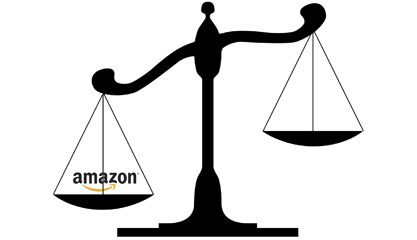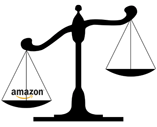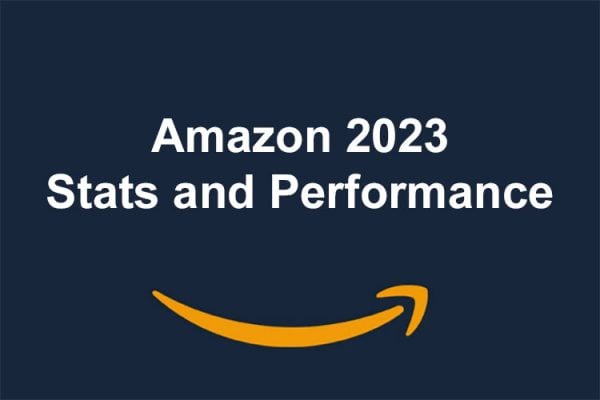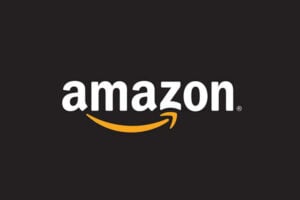 It’s been three months since Amazon scrapped their price parity policy across the EU. We’re interested to hear how it’s affected retailers and buyers.
It’s been three months since Amazon scrapped their price parity policy across the EU. We’re interested to hear how it’s affected retailers and buyers.
Personally I’ve not seen prices on Amazon creep upwards, at least not in any noticeable fashion. With stiff competition and contact pressure on consumers wallets I’d be surprised if prices have been increased drastically unless it’s from a retailer with a unique product offering.
The big question however is have you changed prices on your website? Were you abiding by the Amazon price parity policy and if so since it was ended have you reduced (or increased) prices on your own website?
I suspect that larger retailers have roughly the same prices across all of their platforms, unless they’re selling end of line or distressed stock. Large retailers are probably spending considerable sums to drive traffic to their own websites comparable to the commissions that marketplaces charge.
Where there probably is room for downward movement on prices is for smaller retailers who make the bulk of their sales on marketplaces, don’t spend large sums on Google Adwords and Yahoo!/Bing marketing and simply accept whatever level of sale their websites generate. In this case if the cost of acquisition is low and you’re not paying marketplace commissions you may have room to discount on price.
So tell us, what’s your strategy? Do you sell on your website at the same price as on Amazon, at a higher price or at a lower price. Or do you simply offer a different range of stock on your warehouse to that you sell on Amazon?











2 Responses
I had 400 items that were just not listed on Amazon as the 28% Jewellery fee just made their price too high for ebay due to price parity. So choose to sell them only on ebay. So currently adding all those back on Amazon.
As to prices, I have increased some a little on Amazon (10%) – but mainly I have reduced my ebay prices as they no longer have to achieve parity with amazon.
So lower prices on ebay and more stock on Amazon, that’s what ending price parity did for me.
It is nice of Amazon to get rid of this policy. Now retailers can choose how they want to price their items.
Personally I take “Amazon Fees” as cost of sale. Amazon fees increases my cost by around 18% and I must consider this when I price my items. Simple answer is, I do recommend to sell higher on Amazon compared to your own website.